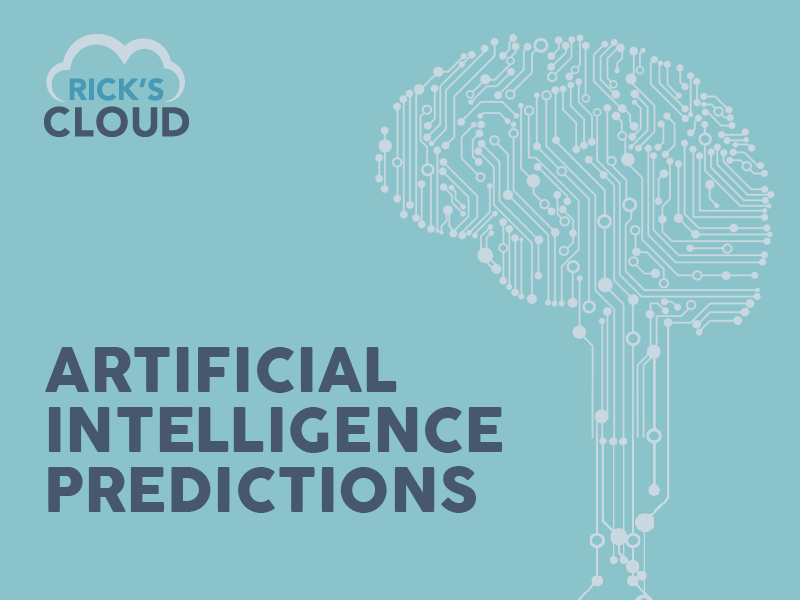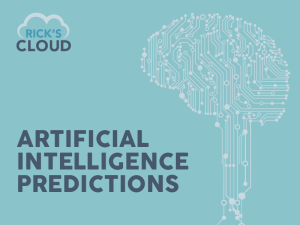
AI: predictions and purposes
 With the speedy integration of artificial intelligence into our daily routines, we are living in the era of yesterday’s science-fiction. AI’s purposes might not be easy to impress us, but the future of AI looks quite interesting. Engineers are trying to use the human psychology to build smarter machines, which could make better predictions. Also, they are implementing, as you’re reading this blog, new algorithms that will enable computers to learn from unlabeled data, which makes them require less human supervision.
With the speedy integration of artificial intelligence into our daily routines, we are living in the era of yesterday’s science-fiction. AI’s purposes might not be easy to impress us, but the future of AI looks quite interesting. Engineers are trying to use the human psychology to build smarter machines, which could make better predictions. Also, they are implementing, as you’re reading this blog, new algorithms that will enable computers to learn from unlabeled data, which makes them require less human supervision.
How will this help humans? Here are the most exciting developments in AI that we will benefit from sooner than you would think.
- Voice recognition. More and more systems can incorporate the transcription of human speech and transform it into a format suitable for computer apps, such as interactive voice response systems for mobile devices.
- Virtual negotiator. There is no doubt that virtual chatbots are experiencing a massive interest, but also a rapid development. From simple chatbots created to automatize only a few conversations, we are facing now smart chatbots that could network with humans. If now they are used for customer service and support, the future could make them unrecognizable by people.
- Decision management. Intelligent computers can insert rules into AI purposes, which can be utilized for initial setup and ongoing maintenance. A mature technology could be used in a wide variety of business applications, assisting and performing decision-making processes automatically.
- Biometrics. AI could be used for identification, measurement, and analysis of body structure and human behavior. This technology allows more natural interactions between machines and humans, including interactions related to image, touch, body language recognition and speech. It is currently used in market research.
- Natural language processing. NLP can handle the interaction between humans and computers by using text analytics to facilitate the understanding process of sentences meaning and structure, as well as their intention. The model also uses statistical methods and machine learning. It is currently used in fraud detection, but a wide range of domains could use automated assistants to extract and analyze unstructured data.
- Machine learning. Nowadays computers are able to learn, and they could be incredibly smart. If providing all the data, algorithms and APIs, machine learning platform could be more than useful when it comes to AI prediction and classification.
- Language generation. Saying or writing the right words to create a clear message for the listener is a tricky task. For machines, which use different processes than humans, is also tricky. But with the development of Natural Language Generation, devices could be more efficient and could be implemented in many areas of our lives with great success. Producing text from computer data is currently used in report generation, customer service, and market summaries.
There are clear benefits of using AI for multiple purposes, and it will continue to revolutionize the world. Companies can use new technologies to leverage and grow more than the competition. It’s only a matter of time since every business will implement such tool for automatization, management, and control, but the difference will be made by those who choose to apply first.
If you have questions about the topic, do not hold back on them.





